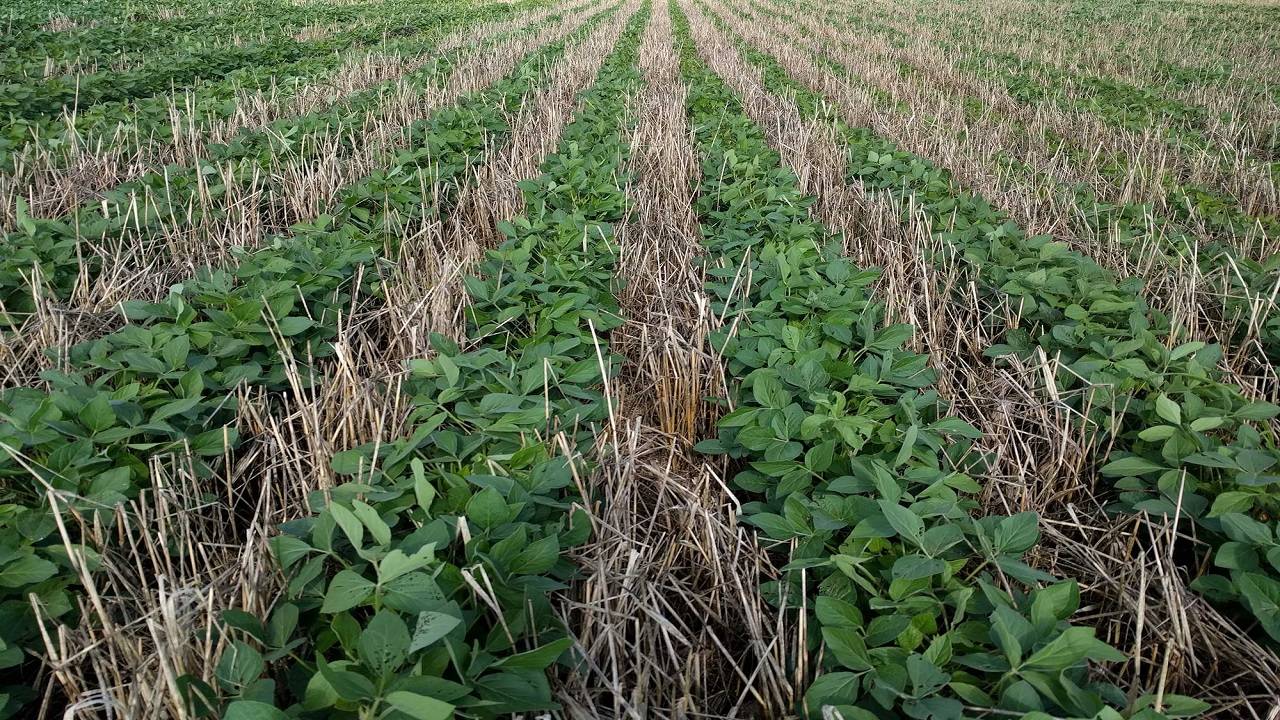
Cover crops are a vital agricultural practice aimed at bolstering soil health, reducing erosion, and optimizing water resources.
Unlike crops grown for harvest and profit, cover crops are intentionally cultivated for their soil-enriching attributes, remaining in the field throughout their lifespan. These crops are strategically sown several months prior to cash crop planting, facilitating soil rejuvenation and fertility restoration.
Additionally, cover crops prevent fields from lying fallow, thus sustaining soil vitality. A variety of crops, such as legumes, cereals, and grasses, fall under this category, with examples including red clover, peas, beans, wheat, oats, millets, and buckwheat.
Climate Change Mitigators
Cover crops play a pivotal role in combating climate change by effectively sequestering carbon dioxide through photosynthesis and storing it within the soil.
Studies reveal that cover crops can capture emissions equivalent to those produced by 13 million vehicles annually. To maximize these climate benefits, implementing zero-tillage techniques alongside cover crop cultivation becomes essential.
Soil Quality Management
The extensive and firmly anchored root systems of cover crops serve as powerful tools for enhancing soil quality. Acting as natural blankets, cover crops reduce soil runoff and erosion by acting as barriers against disruptive forces like water and wind. These crops also augment soil organic content, elevating soil fertility and improving its overall texture.
Building Climate Resilience
Cover crops contribute to climate resilience by enhancing soil's ability to absorb rainwater and retain moisture. This heightened resilience makes them more resistant to droughts and flooding. Their increased water-holding capacity aids in the prevention of soil erosion by water.
Furthermore, the rise in soil organic content reduces reliance on fertilizers, mitigating chemical leaching and groundwater pollution. This cost-effective approach not only conserves resources but also curtails the spread of diseases associated with excessive fertilizer use in food crops.
Effective Pest Management
Strategic integration of cover crops with crop rotation techniques can influence pest life cycles and reduce losses incurred due to pest infestations. This approach minimizes the need for costly pesticides and insecticides while effectively controlling diseases stemming from their application. An exemplary case of this strategy involves planting rye, a cover crop acting as a non-host for pests, which safeguards other crops from pest attacks.
Cover crops play a multifaceted role in agriculture, addressing critical challenges like climate change mitigation, soil quality improvement, climate resilience building, and sustainable pest management. These crops have the potential to revolutionize modern farming practices, offering a more environmentally friendly and economically sustainable approach to agriculture. By embracing cover crops and implementing associated techniques, farmers can contribute significantly to a greener and healthier agricultural landscape, benefitting both the environment and their bottom line.
















